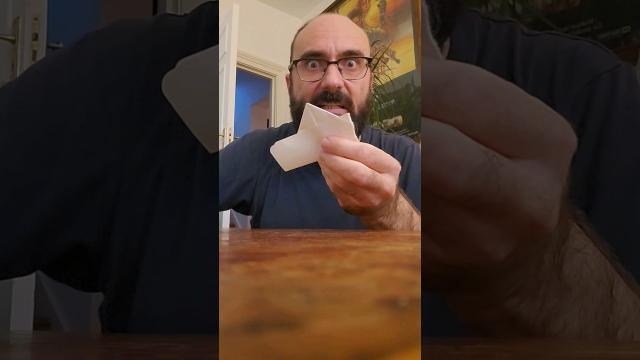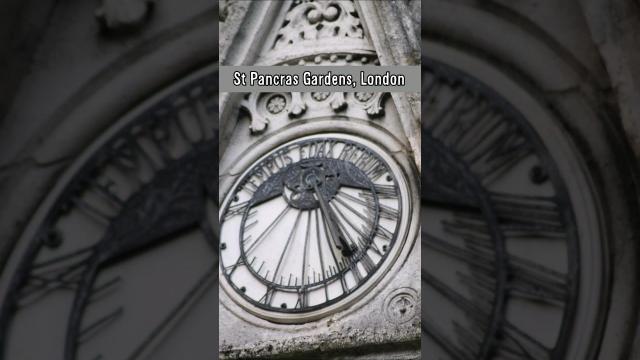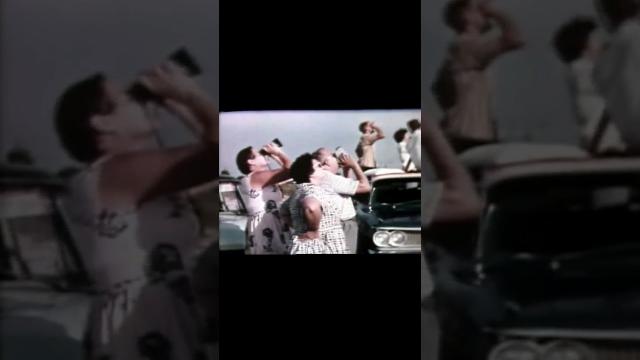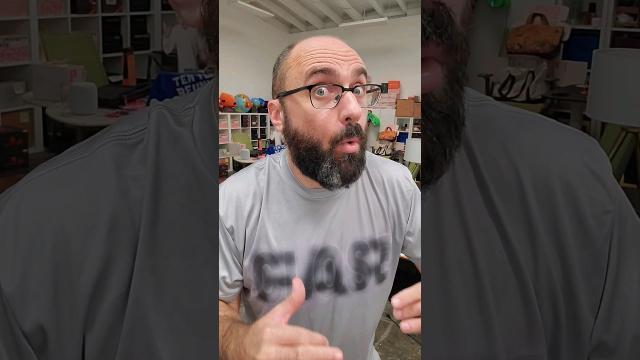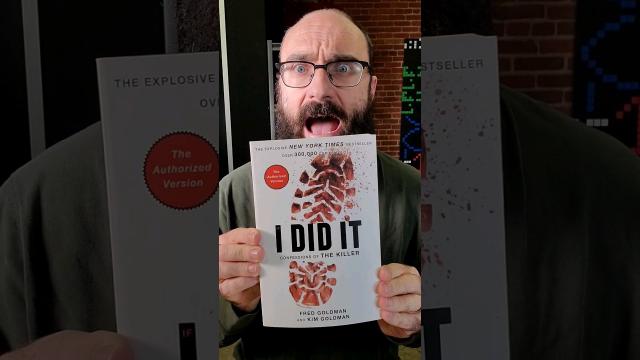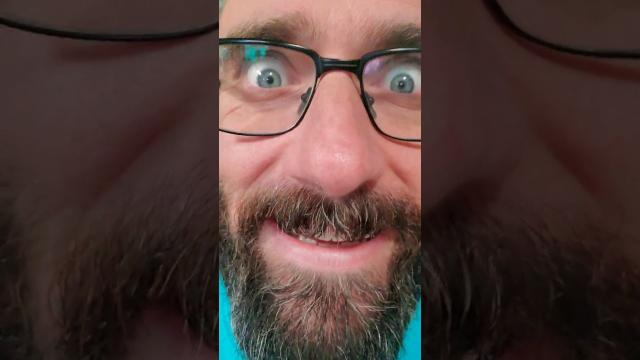Time Travel, Teleportation & Science
Time travel is the concept of moving between different points in time in a manner analogous to moving between different points in space, generally using a theoretical invention, namely a time machine. It has a commonly recognized place in philosophy and fiction, but has a very limited application in real world physics, such as in quantum mechanics or wormholes.
Although the 1895 novel The Time Machine by H. G. Wells was instrumental in moving the concept of time travel to the forefront of the public imagination, The Clock That Went Backward by Edward Page Mitchell was published in 1881 and involves a clock that allowed three men to travel backwards in time.[1][2] Non-technological forms of time travel had appeared in a number of earlier stories such as Charles Dickens' A Christmas Carol. Historically, the concept dates back to the early mythologies of Hinduism (such as the Mahabharata), Buddhism, and Islam through ancient folk tales. More recently, with advancing technology and a greater scientific understanding of the universe, the plausibility of time travel has been explored in greater detail by science fiction writers, philosophers, and physicists.
Teleportation, or Teletransportation, is the theoretical transfer of matter or energy from one point to another without traversing the physical space between them. It has a commonly recognized place in science fiction literature, film, and television, but as yet has a very limited application in real world physics, such as quantum teleportation or the study of wormholes.
Science (from Latin scientia, meaning "knowledge") is a systematic enterprise that builds and organizes knowledge in the form of testable explanations and predictions about the universe. In an older and closely related meaning, "science" also refers to a body of knowledge itself, of the type that can be rationally explained and reliably applied. A practitioner of science is known as a scientist.
In modern usage, "science" most often refers to a way of pursuing knowledge, not only the knowledge itself. It is also often restricted to those branches of study that seek to explain the phenomena of the material universe.
Source : Wikipedia
-
33:56
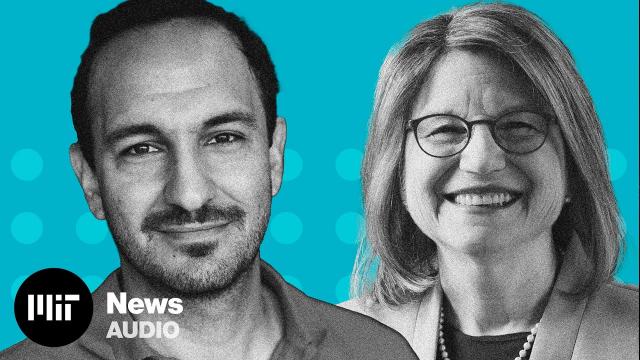
Curiosity Unbounded, Ep. 4: Build your own superpower, then share it with the world
Added 167 Views / 0 LikesFadel Adib is an associate professor at the MIT Media Lab and Department of Electrical Engineering and Computer Science. His work pushes the limits of wireless sensing so it can be used for monitoring climate change in the oceans; aiding food production,
-
01:03
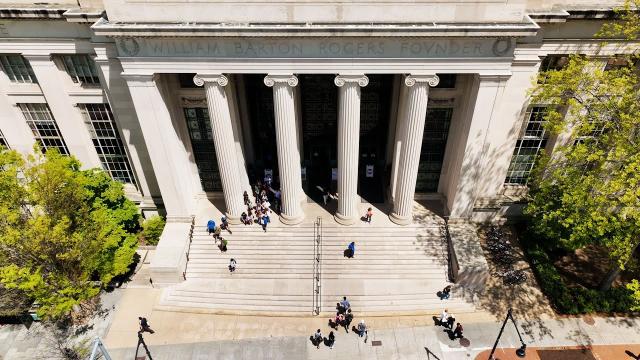
This is MIT
Added 166 Views / 0 LikesThe Massachusetts Institute of Technology is an independent, coeducational, privately endowed university in Cambridge, Massachusetts. Our mission is to advance knowledge; to educate students in science, engineering, technology, humanities and social scien
-
31:16
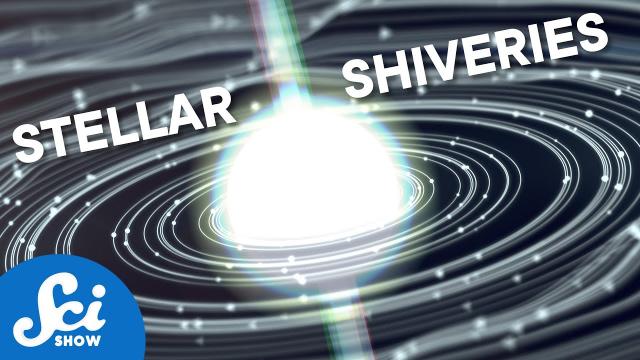
How Can Stars Quake Without Tectonic Plates? (And Other Seismic Mysteries) | Compilation
Added 166 Views / 0 LikesAstronomers have seen quakes or volcanos on many celestial bodies that don't have tectonic plates like Earth does. So let's take a look around the solar system and see how various seismic features happen.Hosted by: Hank Green (he/him)----------Huge thanks
-
01:00
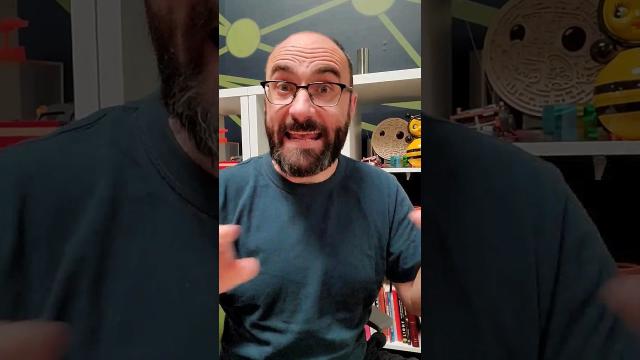
Which Letter Is Never Silent?
Added 166 Views / 0 Likeshttps://www.merriam-webster.com/words-at-play/mums-the-letter-when-letters-dont-say-a-thing
-
05:28
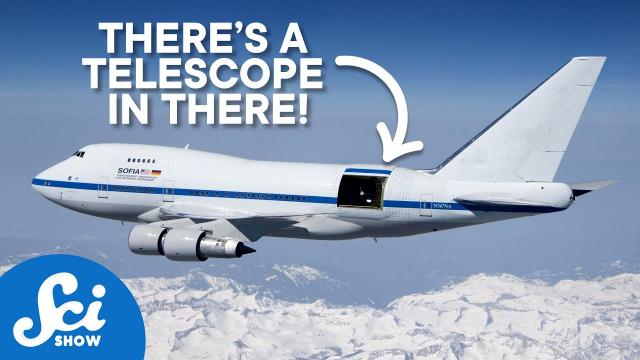
Goodbye, SOFIA, the Telescope That Actually Flew
Added 165 Views / 0 LikesIn 1997, NASA bought a Boeing 747SP for what might be both a super cool and super absurd purpose. Turn it into SOFIA, a flying telescope.Hosted by: Savannah Geary (they/them)----------Huge thanks go to the following Patreon supporter for helping us keep S
-
51:00
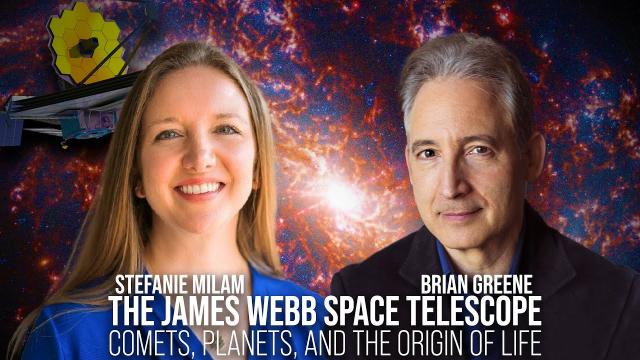
James Webb Space Telescope: Comets, Planets, and the Origin of Life
Added 165 Views / 0 LikesThe James Webb Space Telescope's dazzling images are providing new insights into comet science, our neighboring planets, and how water may have arrived here on Earth. Brian Greene in live conversation with the JWST lead solar system scientist, Stefanie Mi
-
33:56

Time Traveler Warns of Impending Events in 2024
Added 165 Views / 0 LikesWe sat down with a man who goes by Llave Llaves who claims to have knowledge about what is going to happen in the future. He also claims to be a time traveler and he gave he told us what is supposedly going to happen in the world very soon. What do you th
-
06:07
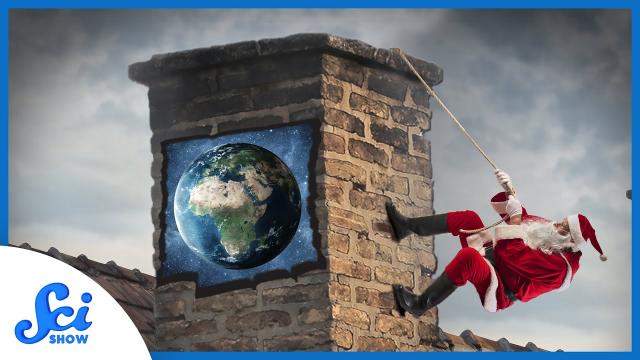
We Live in a Chimney
Added 164 Views / 0 LikesThere are some captivating things when you look up at the night sky, but our location in the Milky Way may be fogging up our view.Hosted By: Reid ReimersSciShow is on TikTok! Check us out at https://www.tiktok.com/@scishow----------Support SciShow Space b
-
1:30:01
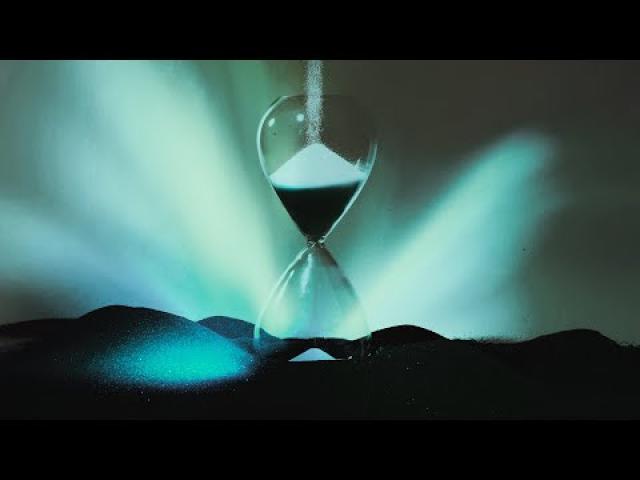
Lifespan Expanded: The Scientific Quest For A Fountain Of Youth
Added 164 Views / 0 Likes#BrianGreene #Lifespan #LongevityWe’re born, we grow old, we die. It’s a rhythm long considered inevitable. But is it? Or is aging merely a disease awaiting a cure? Will science one day stave off aging or even reverse it? Join us as four top scientists ex
-
05:00
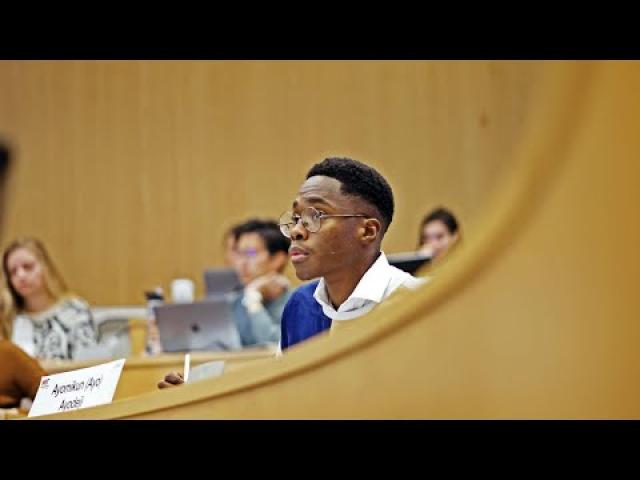
Energizing the world
Added 164 Views / 0 LikesMIT senior, Ayomikun (Ayo) Ayodeji, is a force of nature and active community builder. Graduating with a double major in Chemical Engineering and Management, he aims to improve electricity access for communities back home in Nigeria, and across the Africa
-
00:31
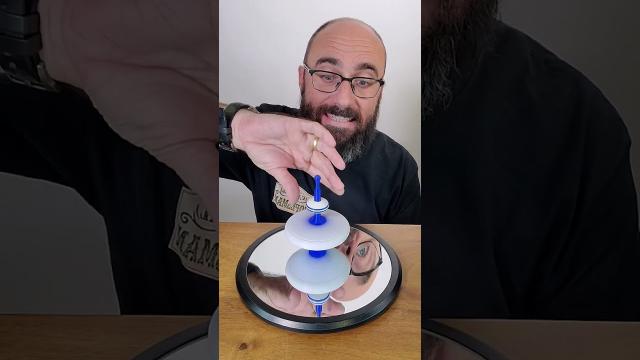
The Topsy Turvy Top
Added 164 Views / 0 LikesThis beautiful specimen was built and invented by Lee Krasnowhttp://pacificpuzzleworks.comhttps://www.instagram.com/pacificpuzzleworksLook for my "The Topsy Turvy Top" video on @dingsauce to learn more about it and how it works!!#physics #toy #physicstoy
-
00:16

The Wobblo
Added 164 Views / 0 Likesa cute hollow torus with a ball bearing inside #surprise #physics #funny #asmr
-
1:25:35
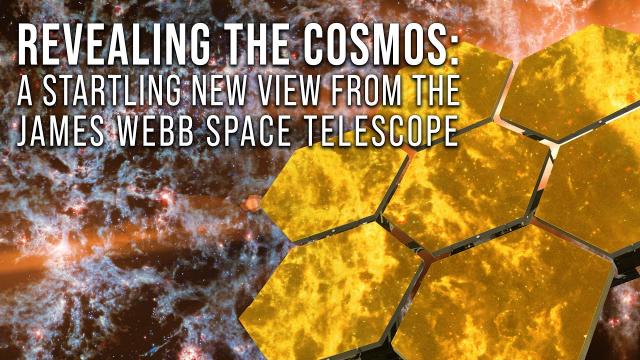
Revealing the Cosmos: A Startling New View from the James Webb Space Telescope
Added 164 Views / 0 Likes#JWST #Telescope #BrianGreeneBreathtaking images from the James Webb Space Telescope are providing new clues about the formation of stars, galaxies, and even the universe itself, while also raising tantalizing mysteries. Nobel Laureate John Mather, the We
-
03:52
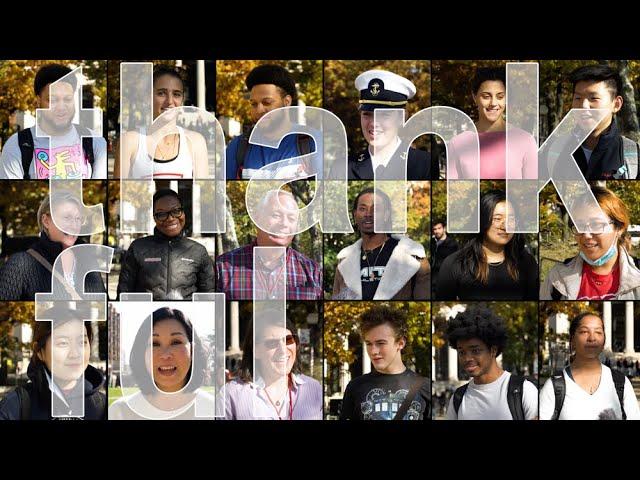
Thankful
Added 163 Views / 0 LikesWhat are you thankful for? Members of the MIT community express gratitude for family, friends, colleagues, professors, beautiful fall weather, good health — and the ability to be at MIT, in person.Watch more videos from MIT: http://www.youtube.com/user/MI

